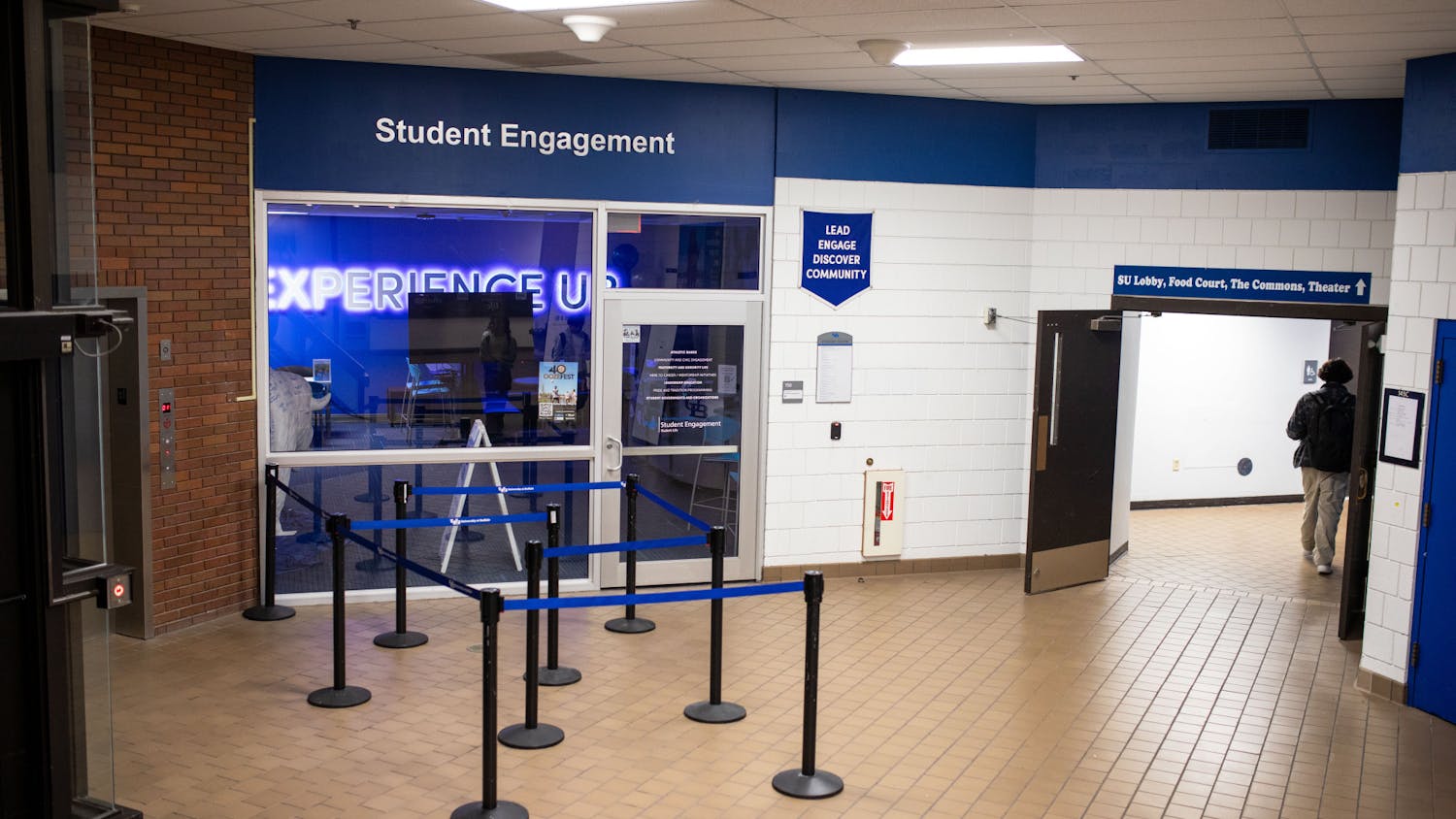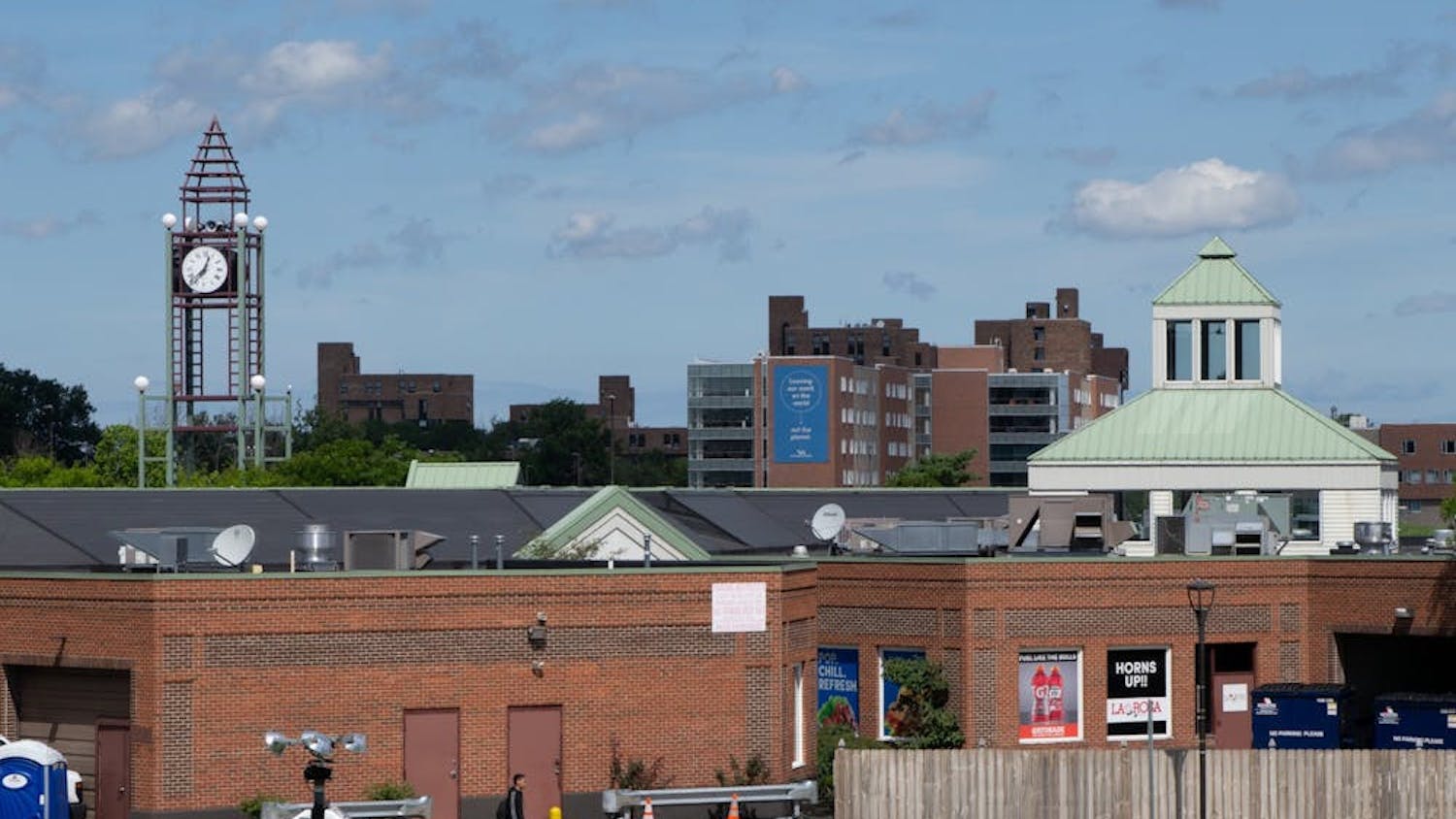Within a 12 year span, 34 percent more college graduates from ages 25 to 34 are choosing to stay in Buffalo after graduation, according to a recent study.
The American Community Survey released a study on Oct. 19 entitled “The Young and Restless and the Nation’s Cities,” that examined 51 metropolitan areas with a population of one million or more for population changes within the last 12 years. Cities that have experienced population decline over the past 10 years are now seeing a population increase in young adults with a college degree, according to the study.
The New York Times mentioned Buffalo in its article about the trend. Although cities like Portland, Oregon and Denver lead with higher percentages of this age group, more economically troubled areas like Buffalo and Cleveland are attracting them, too.
Daniel Hess, an associate professor in the Department of Urban and Regional Planning, said the increase of college graduates and young people moving to Buffalo is definitely a “step in the right direction.”
“In the 1970s, 1980s and 1990s, Buffalo was losing population and it was losing a great deal in population in that age cohort,” Hess said. “People had become quite used to the idea here that there was sort of a brain drain, that young and educated and talented people were not going to be so attracted to live in Buffalo and going to be looking to move elsewhere and start their careers in their young adult lives.”
The increase is “a kind of indictor of the overall health and attractiveness of a metropolitan area,” according to the study, which was conducted by new think tank City Observatory. Young adults and college graduates are helping fast-growing businesses meet their labor quota, which in turn produces more jobs.
When students are hired, it creates five additional jobs for others in the city, Enrico Moretti, an economist at the University of California, Berkley, told The New York Times.
“It’s a type of growth that feeds on itself – the more young workers, the more companies are interested in locating their operations in that area and the more young people are going to move there,” Moretti said.
The revitalization of Buffalo within the last two years is an indicator of the economic direction the city is headed in and a reason why young adults are attracted to Buffalo, Hess said. He said the increase of 34 percent is something city leaders should be happy with.
Hess said 100 years ago, Buffalo was one of the wealthiest and best cities and many of the qualities that made it a thriving city are still present in its foundation.
Now, young adults and college graduates may be attracted to Buffalo because of the reasonable housing and transportation costs, he said.
“You can live more cheaply in Buffalo than in a lot of sexy cities like Boston and San Francisco and Washington,” Hess said. “The housing price is very reasonable here, so I think young people realize that they can have a lifestyle with sort of an urban edge that they might be looking for in a place that’s quite inexpensive.”
Like many students, Dan Pu, a senior communication major, didn’t plan on staying in Buffalo. But when Pu applied and received a job as an auto-rate adjuster at Geico, he decided to rethink his decision.
“I was getting worried because I knew the job market was getting hectic and it’s not easy to find a job,” Pu said. “I started looking around before I graduated and Geico seemed like a really good place [to work].”
Pu said Buffalo is similar to his hometown in Albany, so he likes the environment. He said the amenities that are present in Amherst are centered on UB, so students are constantly surrounded by opportunities.
After accepting the job, Pu plans to stay with Geico in Buffalo for at least two years, because it is a company requirement. He wants to eventually move up in position after graduating.
David Xiong, a senior civil engineering major, said he has been planning to stay in Buffalo since his freshman year. The job market in Buffalo for civil engineers is more open than in his hometown of New York City.
“I feel jobs in New York City, especially for civil engineering, they require a lot higher specification for jobs so it’s harder to be accepted to those jobs,” Xiong said.
He said his original plan was to get a job in Buffalo and build job experience. Then he would eventually move back home. He plans to start looking for more jobs in November.
Other cities that have experienced a population increase are Houston at 50 percent, Nashville at 47 percent, Austin at 44 percent and Portland, Oregon at 37 percent. Detroit, however, has a population decline of 10 percent.
“Buffalo has some good neighborhoods with some good bones, so there are walkable neighborhoods with commercial strips nearby, with shops and bars and restaurants and neighborhoods with some new urbanism and older urbanism characteristics,” Hess said.
Hess said these urban characteristics are what will attract people of the millennial generation.
email: news@ubspectrum.com





